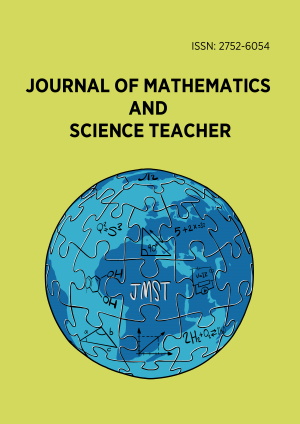Abstract
Technological advancement and the demand for innovation highlight the need for STEM educators who can bridge theory and practice. This paper aims to develop a comprehensive theoretical framework for the effective STEM educator by synthesizing current literature across seven dimensions: STEM literacy, technological pedagogical content knowledge (TPACK), collaboration, attitudes and beliefs, application and practice, self-efficacy, and professional development. Through an integrative literature review, the study identifies how these interconnected dimensions foster essential 21st century competencies such as creativity, critical thinking, and interdisciplinary connections. The proposed framework emphasizes real-world contexts, inquiry-driven pedagogy, and the integration of emerging technologies–including artificial intelligence–to support collaborative and adaptive teaching. Key findings suggest that nurturing teacher self-efficacy and providing ongoing professional development are central to preparing educators who can address evolving learner and societal needs. This framework offers theoretical insights and practical guidance for researchers, policymakers, and practitioners aiming to advance effective STEM education in the 21st century.
License
This is an open access article distributed under the Creative Commons Attribution License which permits unrestricted use, distribution, and reproduction in any medium, provided the original work is properly cited.
Article Type: Review Article
Journal of Mathematics and Science Teacher, Volume 5, Issue 4, 2025, Article No: em085
https://doi.org/10.29333/mathsciteacher/16857
Publication date: 01 Oct 2025
Online publication date: 03 Sep 2025
Article Views: 1008
Article Downloads: 1452
Open Access References How to cite this article
 Full Text (PDF)
Full Text (PDF)